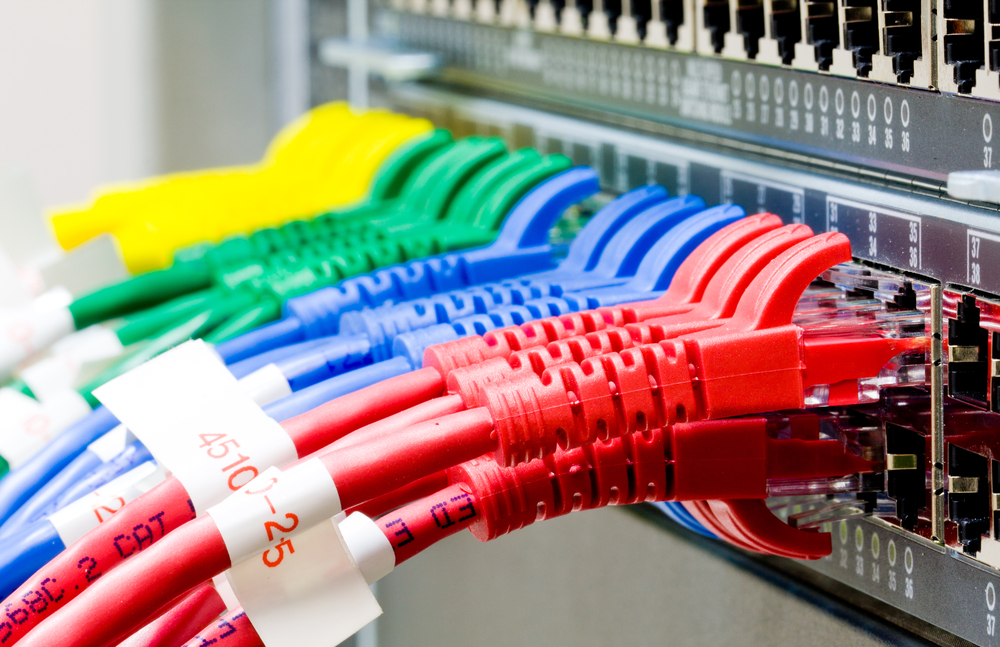In the vast landscape of IT hardware, bridges & routers play pivotal roles in ensuring seamless communication and efficient networking. These essential components of computer hardware not only facilitate data transfer but also optimize network performance and security. This article delves into the functions, differences, and importance of bridges & routers in modern networking environments.
Understanding Bridges
A bridge is a network device that connects multiple network segments at the data link layer (Layer 2) of the OSI model. Its primary function is to filter traffic between segments to reduce collisions and improve network efficiency. Bridges use MAC addresses to determine the destination of data packets, ensuring that only relevant traffic is forwarded to the appropriate segment.
Bridges are particularly useful in expanding the reach of a local area network (LAN) without overwhelming the existing network with excessive traffic. By segmenting a network, bridges can help manage data flow and enhance overall performance. This makes them an ideal solution for small to medium-sized networks where efficient data management is crucial.
The Evolution of Bridges in Networking
Bridges have evolved significantly since their inception. Early bridges were simple devices with limited capabilities, primarily used to extend the reach of Ethernet networks. However, modern bridges, often referred to as network switches, offer advanced features such as VLAN support, improved traffic management, and enhanced security protocols.
These advancements have made bridges an integral part of contemporary IT hardware, especially in environments where network segmentation and traffic optimization are critical. By using modern bridging technologies, organizations can ensure that their networks are both efficient and secure, capable of handling the demands of today’s digital landscape.
Understanding Routers
Routers are devices that operate at the network layer (Layer 3) of the OSI model, directing data packets between different networks. Unlike bridges, which focus on local network traffic, routers determine the best path for data to travel across multiple networks, often using IP addresses to make routing decisions. This ability to connect and manage traffic between different networks is what makes routers indispensable in modern networking.
Routers play a crucial role in enabling internet connectivity, as they can connect a local network to an internet service provider (ISP), managing traffic to and from the internet. They also facilitate communication between different subnets within a larger network, ensuring efficient data flow and network performance.
The Role of Routers in Modern Networking
In today’s interconnected world, routers are a fundamental component of both home and enterprise networks. They not only manage traffic efficiently but also provide critical security functions, such as firewalls and VPN support. Advanced routers offer features like Quality of Service (QoS) to prioritize important traffic, dual-band or tri-band capabilities for better wireless performance, and extensive configuration options to tailor network behavior to specific needs.
The importance of routers in IT hardware cannot be overstated. They are the gateways that connect disparate networks, ensuring that data reaches its intended destination securely and efficiently. By leveraging the capabilities of modern routers, organizations can enhance their network performance, security, and scalability.
Differences Between Bridges & Routers
While both bridges & routers are essential for networking, they serve distinct purposes and operate at different layers of the OSI model. Bridges work at the data link layer, managing traffic within a single network by filtering and forwarding data based on MAC addresses. Routers, on the other hand, operate at the network layer, directing data between different networks using IP addresses.
One of the primary differences between the two is how they handle network traffic. Bridges are designed to reduce collisions and manage traffic within a local network segment, while routers are built to determine the best path for data to travel across multiple networks. This distinction is crucial for understanding the specific roles that each device plays in a comprehensive networking strategy.
Applications of Bridges in Networking
Bridges are commonly used in various networking scenarios to enhance performance and manage traffic. In corporate environments, bridges can segment large networks into smaller, more manageable sections, reducing congestion and improving data flow. They are also used to connect different types of networks, such as combining wired and wireless segments into a cohesive network.
Another important application of bridges is in network expansion. When organizations outgrow their existing network infrastructure, bridges can be used to extend the network without a complete overhaul. This makes them a cost-effective solution for scaling network capabilities in response to growing demands.
Applications of Routers in Networking
Routers are versatile devices with a wide range of applications in both home and enterprise networks. In home networks, routers connect multiple devices to the internet, providing wireless connectivity and managing data traffic to ensure smooth operation. They also offer essential security features, such as firewalls and parental controls, to protect against online threats.
In enterprise environments, routers are used to connect different subnets, manage data traffic between various departments, and provide secure remote access through VPNs. They are also critical for connecting branch offices to the central network, ensuring that all parts of the organization can communicate effectively.
The Importance of Security in Bridges & Routers
Security is a paramount concern in networking, and both Bridges & Routers play crucial roles in maintaining network integrity. Bridges contribute to security by segmenting networks and isolating sensitive data from the rest of the network. This segmentation helps prevent unauthorized access and limits the spread of potential threats.
Routers, with their advanced security features, are essential for protecting networks from external attacks. Firewalls integrated into routers monitor and control incoming and outgoing traffic based on predetermined security rules. Routers also support VPNs, providing secure remote access to the network for employees working from different locations. This combination of security measures ensures that networks are protected against a wide range of threats.
Future Trends in Bridges & Routers
The landscape of networking is continually evolving, and both bridges & routers are adapting to meet new challenges. One notable trend is the increasing integration of artificial intelligence (AI) and machine learning (ML) into networking devices. These technologies enable bridges & routers to analyze traffic patterns, detect anomalies, and optimize network performance autonomously.
Another significant trend is the move towards software-defined networking (SDN). SDN decouples the control plane from the data plane, allowing for more flexible and efficient network management. Bridges & routers in SDN environments can be centrally managed and dynamically configured, providing greater agility and scalability for modern networks.
Conclusion
Bridges & routers are indispensable components of IT hardware, each playing unique and vital roles in networking. Bridges manage local network traffic, enhancing performance and reducing congestion, while routers connect different networks and direct data efficiently. Both devices contribute to the overall functionality, security, and scalability of modern networks. As technology continues to advance, the capabilities of bridges & routers will evolve, further enhancing their importance in the ever-changing landscape of computer hardware and networking. By understanding the roles and applications of these devices, organizations can build robust, efficient, and secure networks to support their operations.




